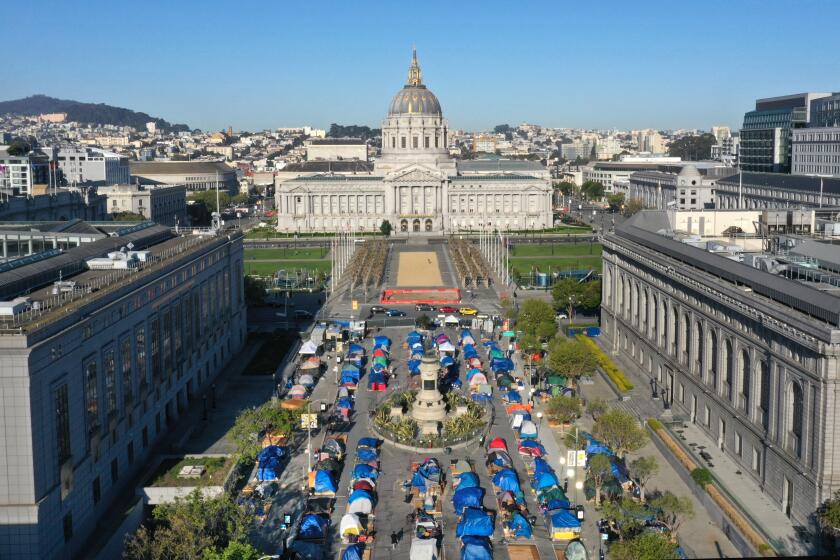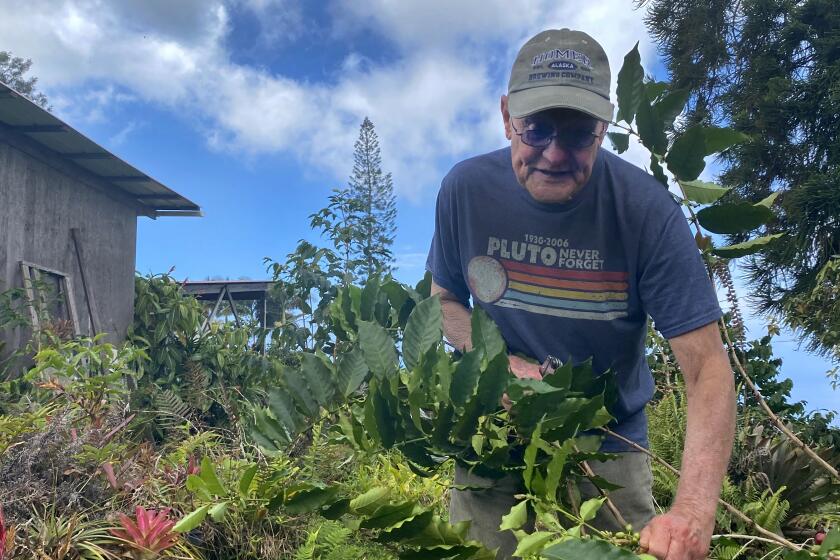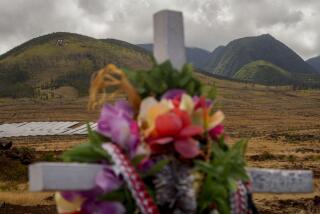Kauai beat COVID-19. Now the Hawaiian island faces a new challenge: Rebuilding the economy
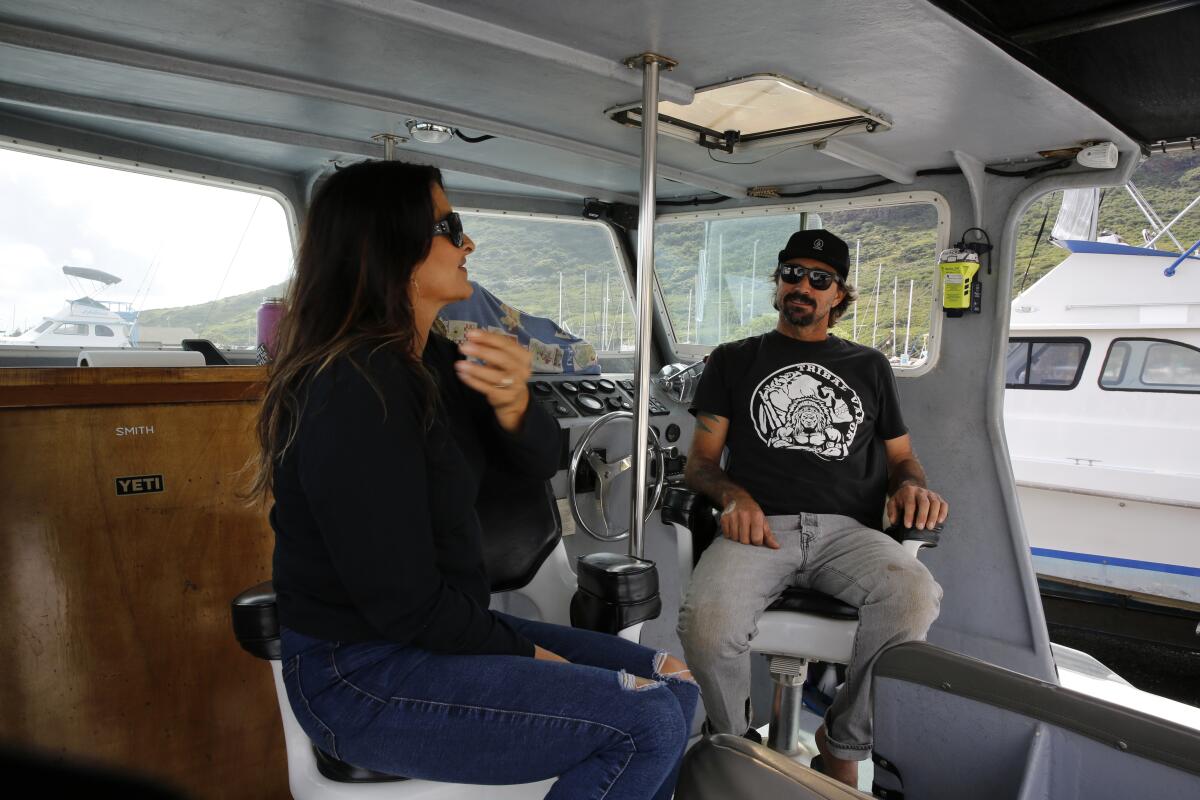
- Share via
HANAPEPE, Hawaii — Homeless people here on Hawaii’s northern island got an unusual invitation last year: Come set up camp at a spectacular beach, with showers, toilets and electricity, and meals delivered by the local food bank.
The offer was part of an aggressive plan by Kauai’s leaders to contain the coronavirus.
The public campgrounds were all but deserted because tourism had collapsed under the weight of the pandemic and strict quarantine rules. Letting a few hundred people stay in five designated parks reduced the chance that they would wander the island, catch the virus and become vectors.
“I go to sleep to the sound of the waves,” said Gary Morris, 44, a combat veteran who has found a supportive community at Salt Pond Beach Park on the south coast. “People here are like family.”
The plan worked. On Kauai, population 72,000, COVID-19 has claimed a total of two lives — a death rate 60 times lower than that of the nation.
There have been just 320 infections — and the homeless population has stayed safe. With half of its population fully vaccinated, Kauai is well ahead of the rest of Hawaii and the nation, which has a rate of 41%. .
But now the island faces a new challenge: how to rebuild the economy. Tourism-dependent Hawaii has the highest unemployment rate in the nation, and the situation is especially difficult on Kauai.
Food banks are working overtime. Homelessness appears to be increasing. The highway that rings much of the island winds past boarded-up stores and restaurants.
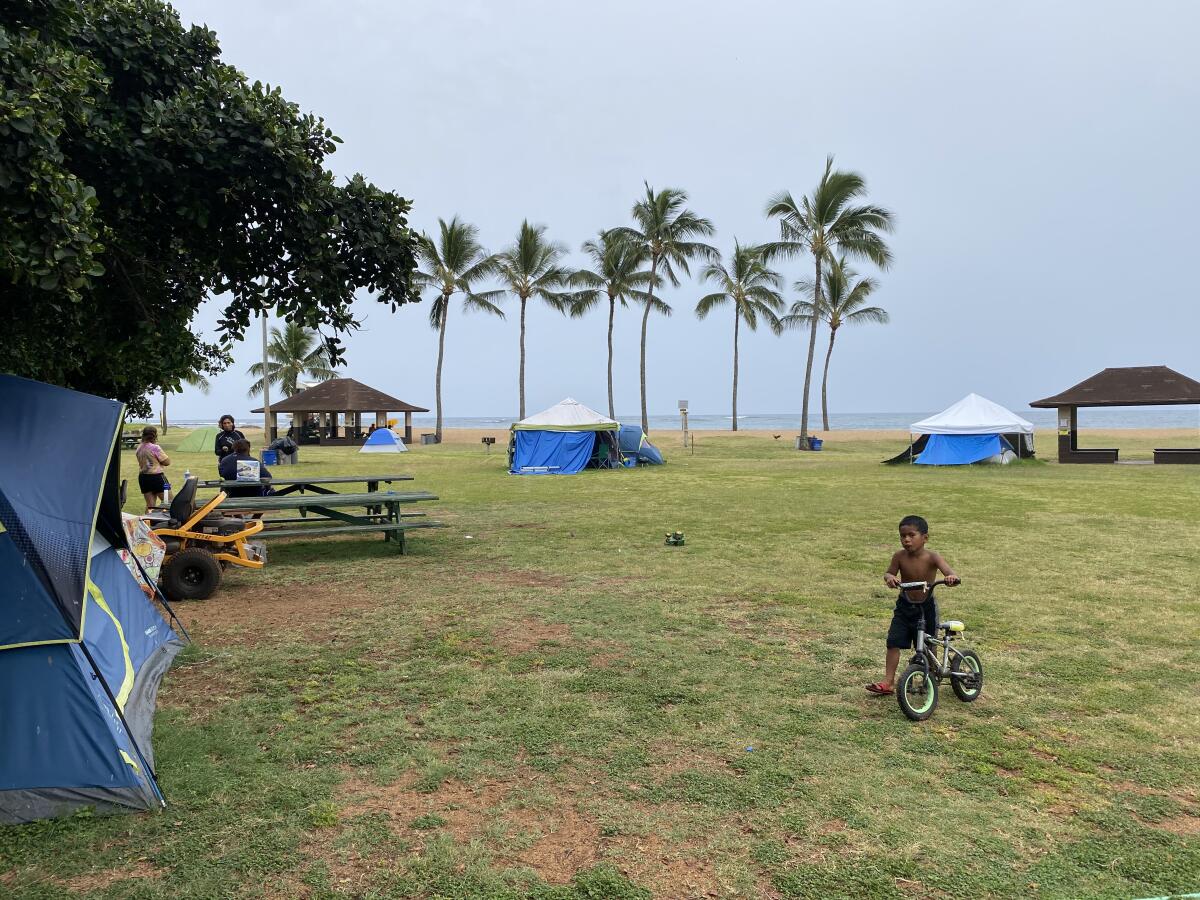
Among the casualties is the Ono Family Restaurant, which served Spam and eggs, shave ice and other Hawaiian favorites for 40 years.
“It was too hard to keep going,” owner Kenny Ishii said in February, announcing on YouTube that after months in limbo he was scrapping plans to reopen.
“Three hurricanes was easy compared to this,” he said.
As a string of islands, Hawaii had a built-in advantage over other U.S. states when it came to fighting the pandemic: strict control over its borders.
Sanctioned tent camps sprouted up in San Francisco at the beginning of the COVID pandemic and have become key to the city’s homelessness response.
Early on, the state imposed a 14-day quarantine period for anyone arriving on the islands and arrested and jailed violators. Later, officials backed off, letting travelers avoid quarantine by providing negative results from approved coronavirus tests taken within three days of departure for Hawaii.
Kauai Mayor Derek Kawakami pushed the state to let him impose additional requirements. Kauai is the least developed of Hawaii’s four main islands, and he argued that if the virus took off, its three hospitals would be overwhelmed — they had just 20 ICU beds.
“We’re literally on our own in the middle of the ocean in these types of situations,” Kawakami said in an interview at his office in Lihue, the county seat.
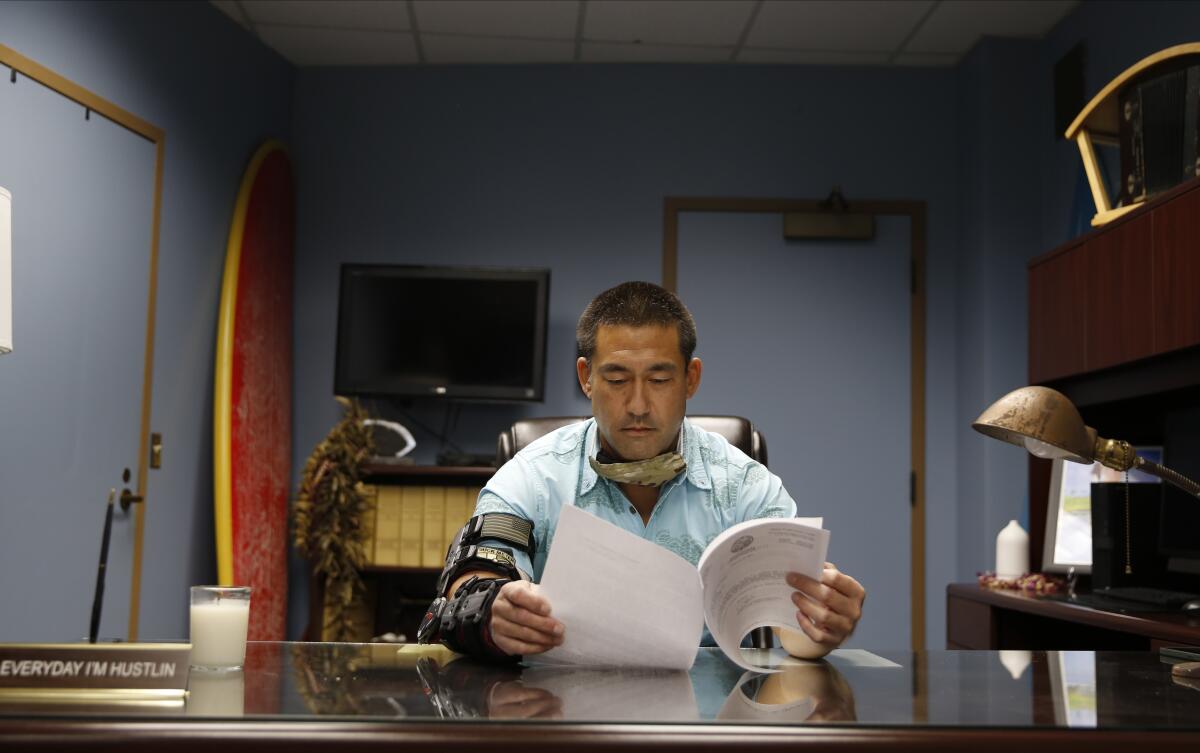
Last December, after Hawaii Gov. David Ige declined his requests, the mayor opted out of the state system, reverting to mandatory quarantines.
The decision extended Kauai’s longstanding reputation for an independent spirit. Two centuries ago, the island was the last to submit to rule by Hawaii’s king, and in 2007, protesters on surfboards thwarted plans for a car ferry from Oahu.
Kawakami said he felt acutely responsible to constituents whom he knew from working his way up in the family grocery chain.
“For us, numbers of cases aren’t numbers,” he said. “They are actual people with names who we grew up with.”
The tight rules made Kauai a public health success story, but alienated many in the business community. The unemployment rate, which had hovered around 20% all last summer, had finally begun to drop, and the restrictions appeared to stall the economic recovery.
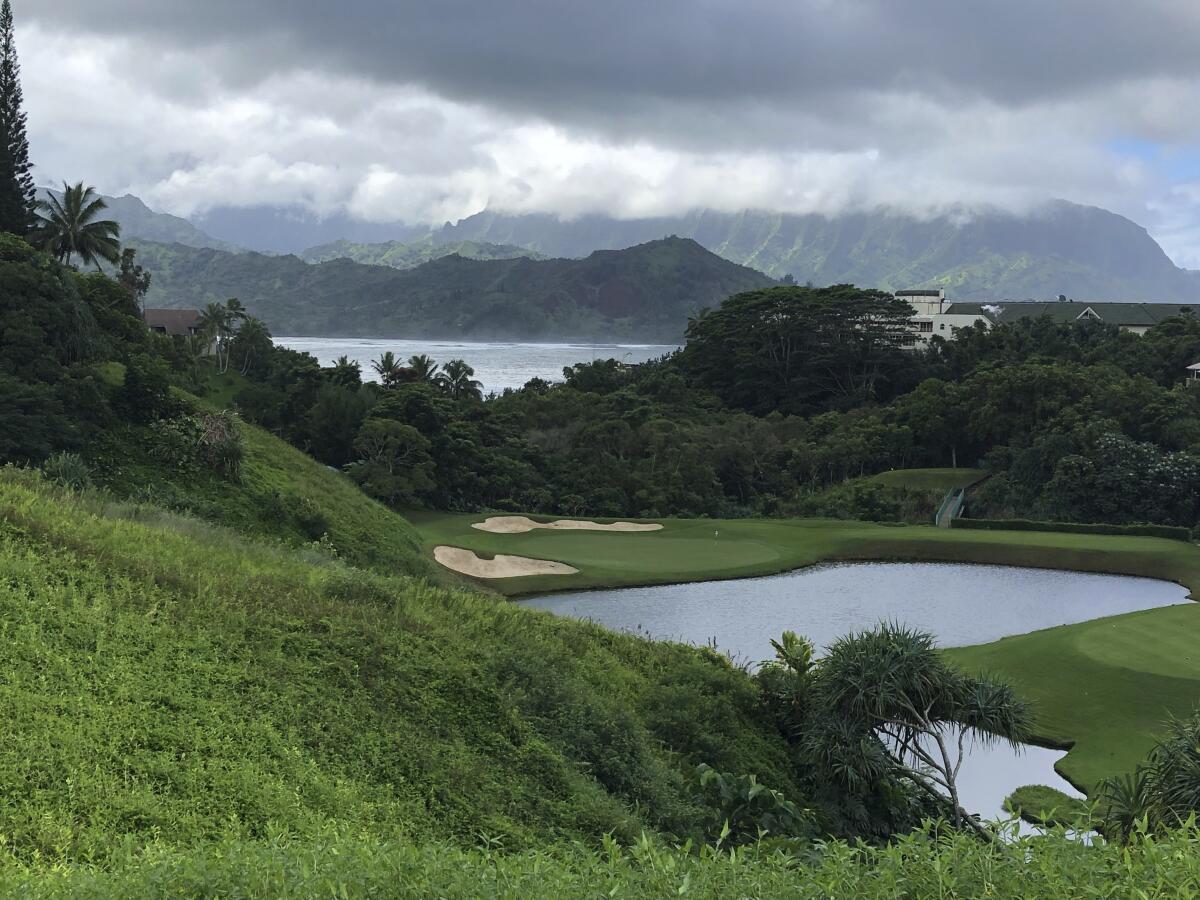
In the first three months of this year, the number of visitors fell 93% compared with the same period in 2020 — a much larger drop than on Maui or the Big Island.
“What the mayor did was super unwarranted while the rest of the state was open and doing OK,” said charter fisherman Lance Keener.
He and his wife had taken on $120,000 in debt to stay in business: “We were right about at the end of our funds, and we wanted to work.”

Dr. Janet Berreman, Kauai district health officer, defended the mayor against his critics.
“If you have out-of-control rates of disease, people aren’t going to be frequenting businesses, tourists aren’t going to be coming, and workers aren’t going to be showing up,” she said in an interview.
In a compromise in January, Kawakami instituted a unique system to make quarantine a lot shorter and a little more fun.
Sections of six hotels became “resort bubbles.” Visitors and residents who provided evidence of negative tests could stay for three days — wearing electronic tracking bracelets — and then go on their way after testing negative again.
National Guard troops conducting enforcement at Lihue Airport showed no mercy.
Dustin and Cindy Rocksvold — vacationers from California who had overlooked the requirement to obtain negative results before boarding — said in an interview that they were forced to fly back to Honolulu and get tested before returning, a $910 overnight misadventure.
Again, Kauai’s strategy worked, and the island went for days at a time with no new confirmed coronavirus cases. But the economy was struggling.
Residents missed fixtures like the Kukui Grove Cinema, whose closure left the island without a movie theater.
“I French-kissed my first girlfriend right there,” said longtime resident Todd Jebens, 45, pointing to the empty parking lot. “I took my son to all the ‘Star Wars’ movies. I can still smell the popcorn, walking past.”
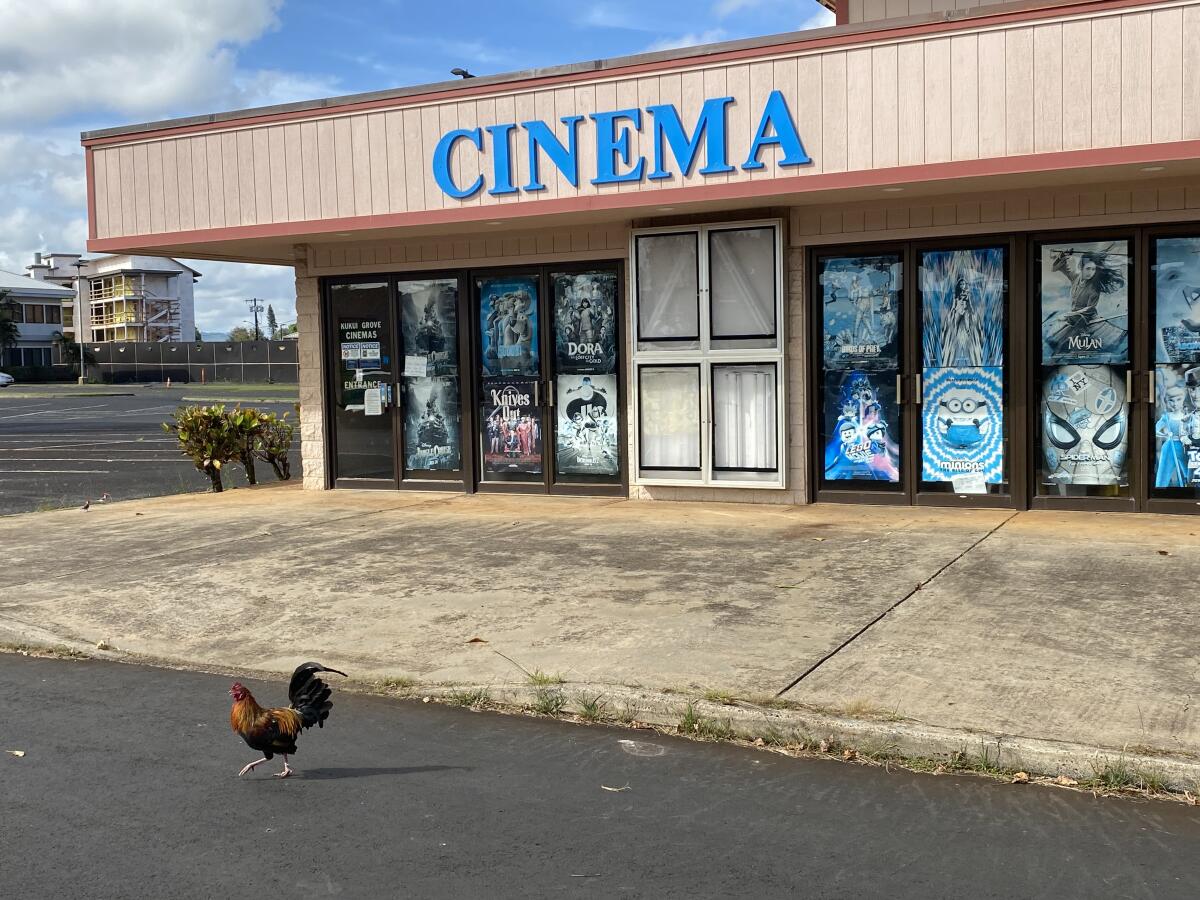
Unemployment has declined to 10% as more tourists have arrived on Kauai. But visitor numbers aren’t likely to rebound to pre-pandemic levels for at least two years, according to a forecast by the University of Hawaii’s Economic Research Organization.
One factor limiting recovery of tourism is a severe shortage of rental cars. Last year, rental companies across the state tried to cover losses by selling off vehicles.
With rental prices surging to as much as $700 a day, desperate tourists have resorted to driving U-Haul trucks. Some would-be visitors have canceled their trips.
In early April, Kauai rejoined the state system, enabling travelers to avoid quarantine with a single negative pre-flight test.
More than 100 people have since tested positive for the virus — the island’s worst surge. After aggressive contact-tracing identified several hundred people to quarantine, the island is back to about half a dozen new cases a week.
Over 700 coffee growers in Hawaii are now eligible to receive settlement payments in a lawsuit alleging big retailers were selling counterfeit Kona.
In contrast to Texas, Florida and other states that have banned government mandated “vaccine passports,” Hawaii has begun allowing people who show proof of vaccination to bypass testing and quarantine requirements when traveling between islands.
But the shots must have been given in Hawaii. For now, officials’ inability to verify vaccinations given on the mainland or abroad has prevented them from expanding the system to include people arriving from across the Pacific.
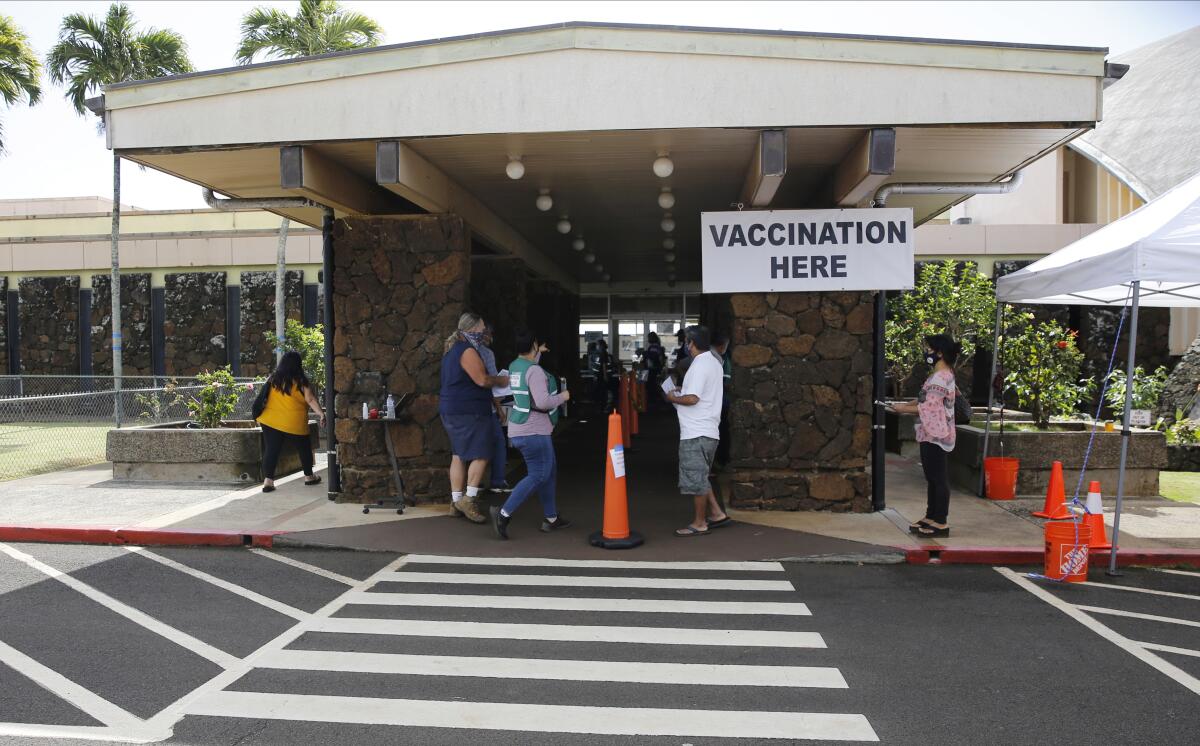
Even before the pandemic, life for many on Kauai was getting harder. Wealthy outsiders were competing to buy homes, driving up housing prices and rents.
The disparities have only grown.
After housing prices fell briefly, more mainland residents plunged into the real estate market, often buying sight-unseen to move to the island to work remotely.
Hannah Sirois, a Kauai real estate agent, said the perception of safety from the virus enhanced the attraction of the surfing mecca known for gentle rains, brilliant sunbursts and magnificent rainbows.
“This island is so green,” she said, “and people locked down on the mainland wanted renewal, life and peace and everything that green is associated with.”

Studio apartments fashioned from carports now rent for more than $1,000 a month. The median sale price of a single-family house on Kauai soared past $1 million in January, up 30% from the same month last year, widening the gap between rich and poor.
“I can walk in one direction past mansions that I can’t even see because of gates and plants and things that have completely blocked the view,” said Felicia Cowden, a county council member. “And I can walk in the other direction by houses that have six or eight cars parked in front of them, because that’s how many working adults are crammed into a single-family unit.”
Back at Salt Pond Beach Park, several dozen occupants maintain a tidy campsite, with tents pitched beneath palm trees and toys stacked for children.
But the campers are growing anxious. They have until June 30 to leave so that the park can reopen for public use.
Morris, the combat veteran, said he had come to love Hawaii since arriving five years ago from California.
“But the one thing I won’t ever get here,” he said, “is a place to live.”
More to Read
Sign up for Essential California
The most important California stories and recommendations in your inbox every morning.
You may occasionally receive promotional content from the Los Angeles Times.
